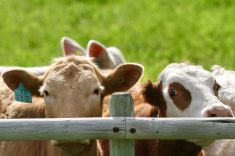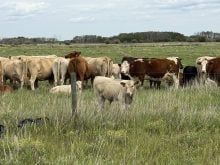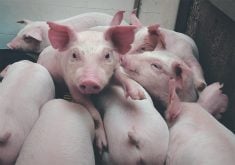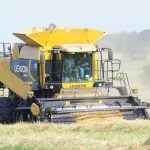An encyclopedia of information is being revealed to geneticists as they learn more about DNA, the control centre of life.
Geneticists have talked about making major improvements to livestock and combating diseases for years, and now the technology necessary to make predictions based on genetic information is a reality, said David Bailey, president and chief executive officer of Genome Alberta.
At the simplest level, genes are both units of inheritance and codes of information.
Until now, selecting livestock relied on broader tools like past performance of parents and siblings, ultrasound assessments or mathematical calculations that estimated the potential for certain qualities to be inherited.
Read Also
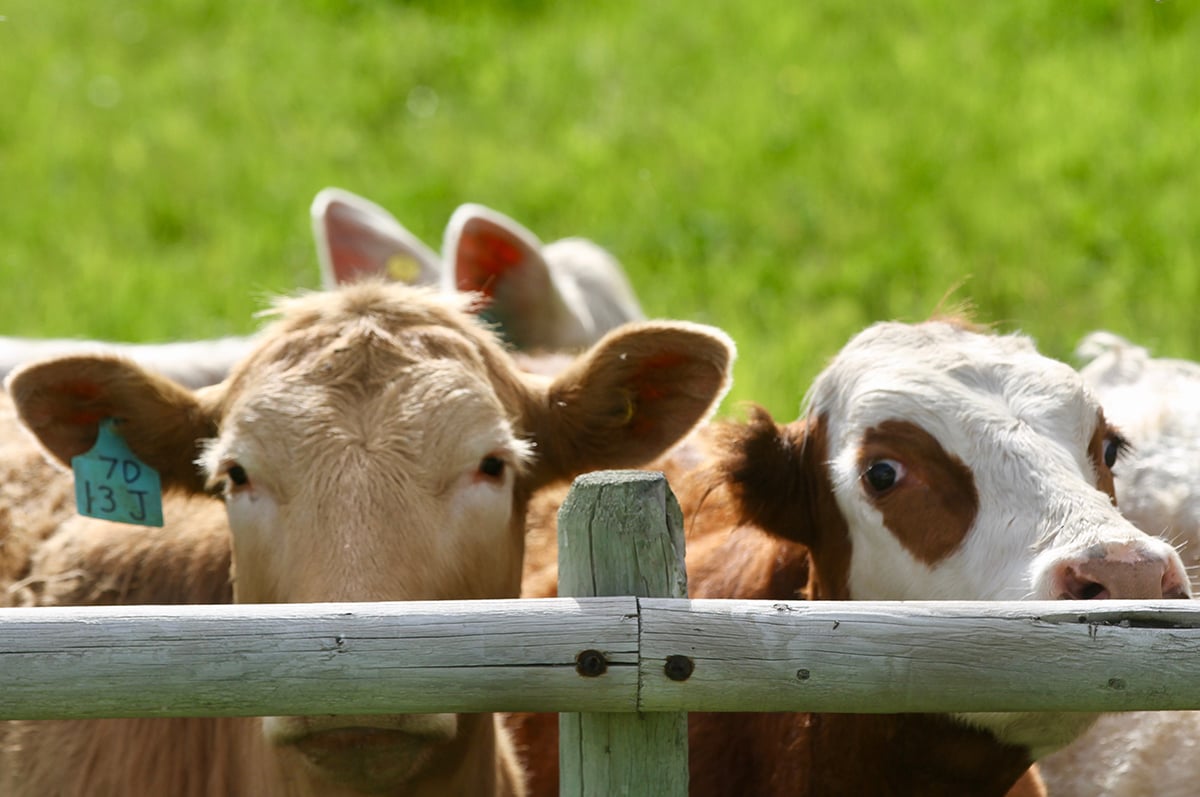
Feeder market consolidates at historic highs
For the week ending Sept. 6, Western Canadian feeder cattle markets were relatively unchanged compared to seven days earlier.
“Now we can say these are the genes that are responsible for a certain trait and say yes or no, the animal possesses those genes,” Bailey said in an interview after an international livestock congress held in Calgary last month.
“These tools are here now and we just need to figure out what sequences or which markers are important and move forward quickly,” he said.”If we don’t do it, somebody else will.”
Private companies are already searching for genes to produce marbled meat or improve feed efficiency.
However, to make genuine improvements, a large volume of animals need to be assessed and selected. Work is being done on bulls and more interest is spreading to females to find those with the right stuff. Those individuals could be handled differently on the farm with a specific feed program, health care and management.
Obtaining DNA readouts starts with a blood test or a hair sample. Results can be ready in a week.
“The running of the analysis is becoming very quick and routine,” he said.
Genetic trials are underway on a variety of projects to look at chronic disease in livestock as well as how to develop a guaranteed top quality cut of meat.
“There are discussions underway right now between Canada and the United States to run a joint trial to look in the feedlot and identify growth, market carcass characteristics and which animals are going to do best and superimpose on that diseases that these feedlot animals might have,” Bailey said.
“Now that we know the genomic profile of that disease, we could have predicted these animals here are resistant and these animals here are more susceptible.”
Much of the raw material is just waiting for analysis to find the economically valuable traits.
Hereford, Angus, Charolais, Simmental and Holstein breed associations have large repositories of DNA on file for parentage testing. That material could be used to measure the merit of their living offspring.
While Bailey has a background in the beef industry as an Agriculture Canada researcher, the mandate for Genome Alberta has other applications including determining the DNA structure of the mountain pine beetle that hosts the blue stain fungus, which is responsible for killing millions of acres of pine trees in British Columbia and Alberta. Scientists hope to find a weakness in the pest’s genetic makeup to control it.
On the human health side, DNA screening could rule out the possibility of certain types of cancer based on genetics, lifestyle and family history. If the potential to develop a certain disease is found, lifestyle changes could change that likelihood.
On July 8, to further support the work of Genome Alberta, the federal government gave it $800,000 over four years to commercialize innovations in the field of genomics.
The money will implement four western genomics networks that are to focus on food, health, renewable resources and the environment. The funding will also enable Genome Alberta to participate in eight other networks led by Genome British Columbia and Genome Prairie representing Manitoba and Saskatchewan.



